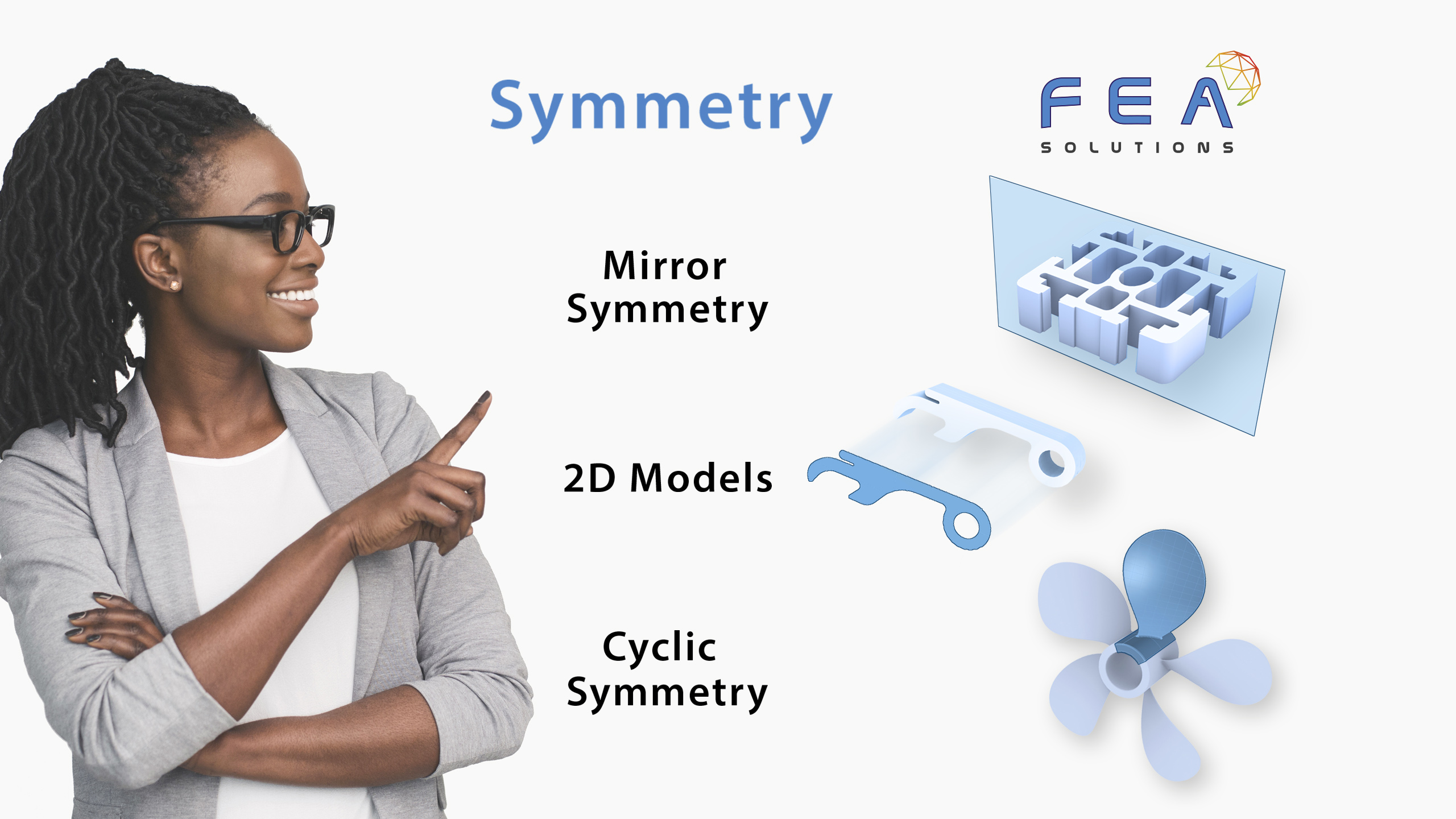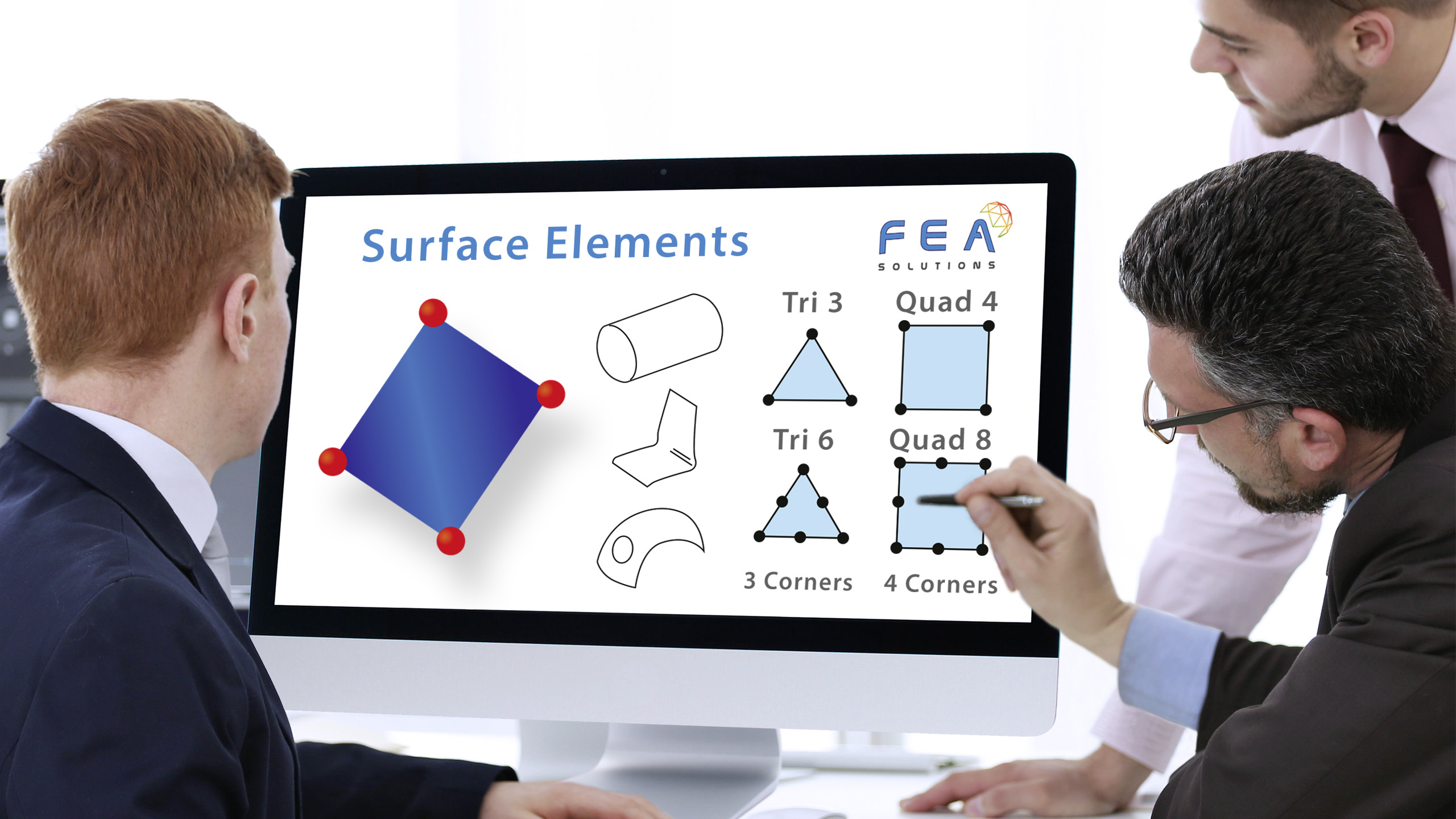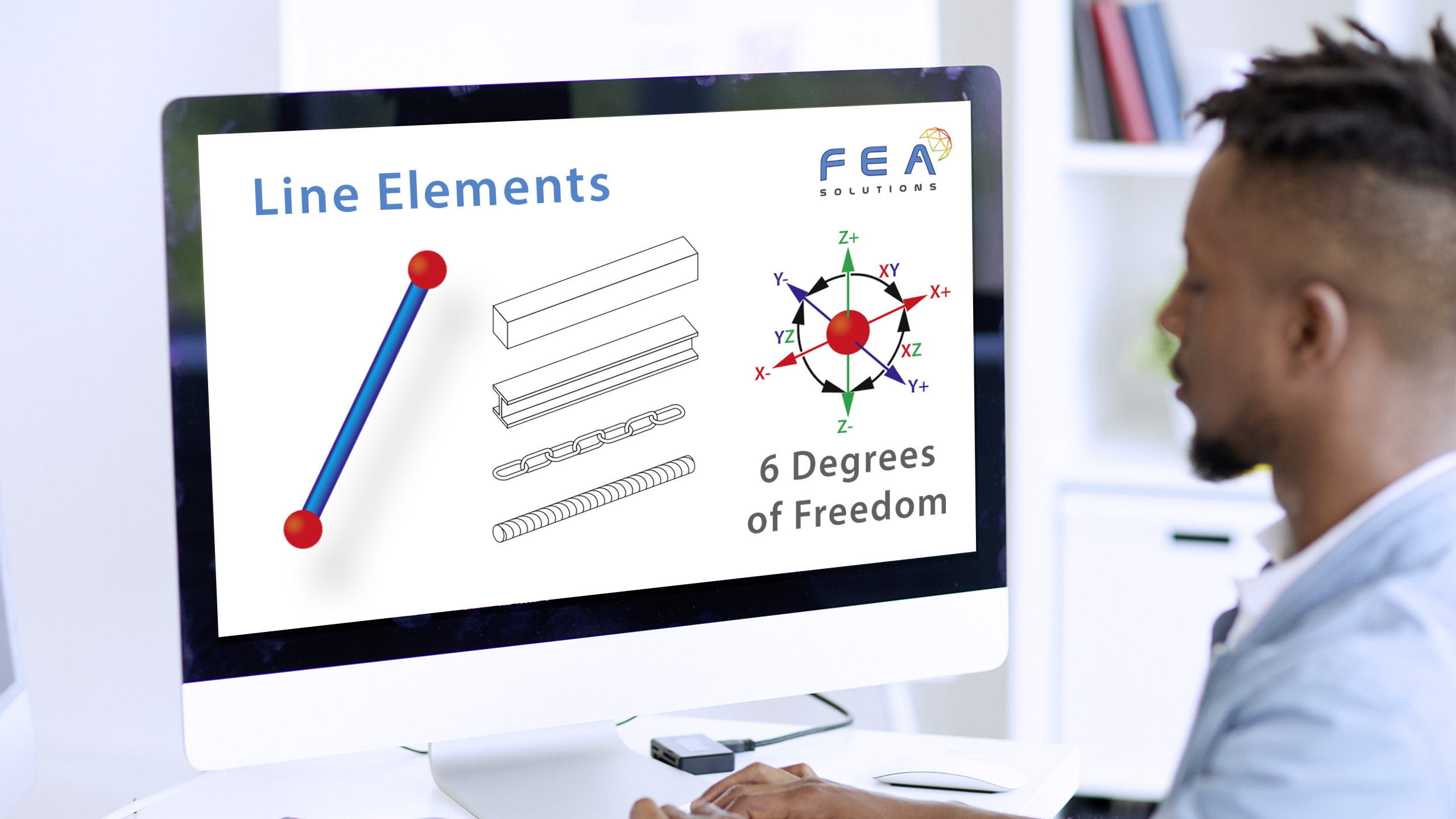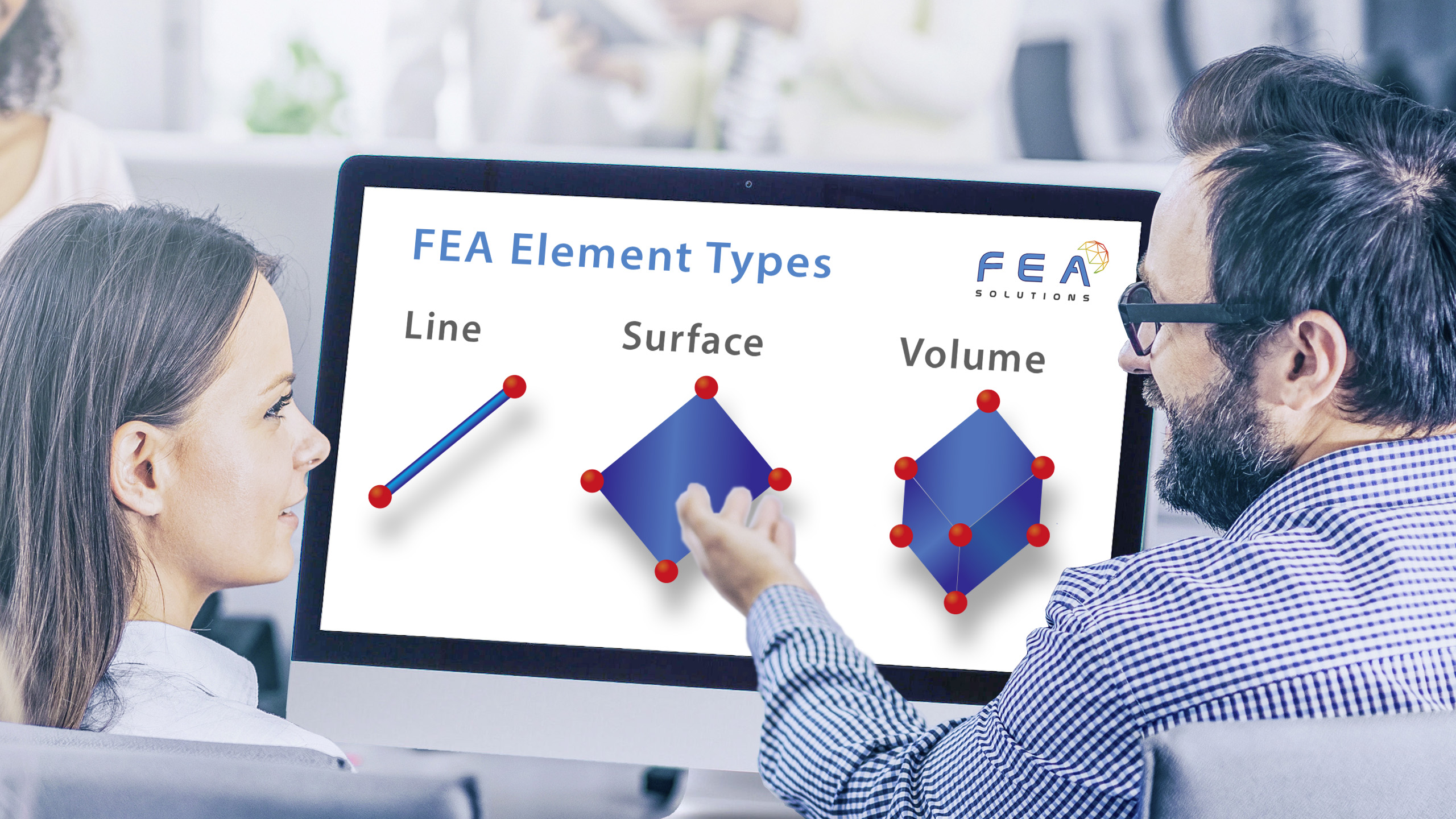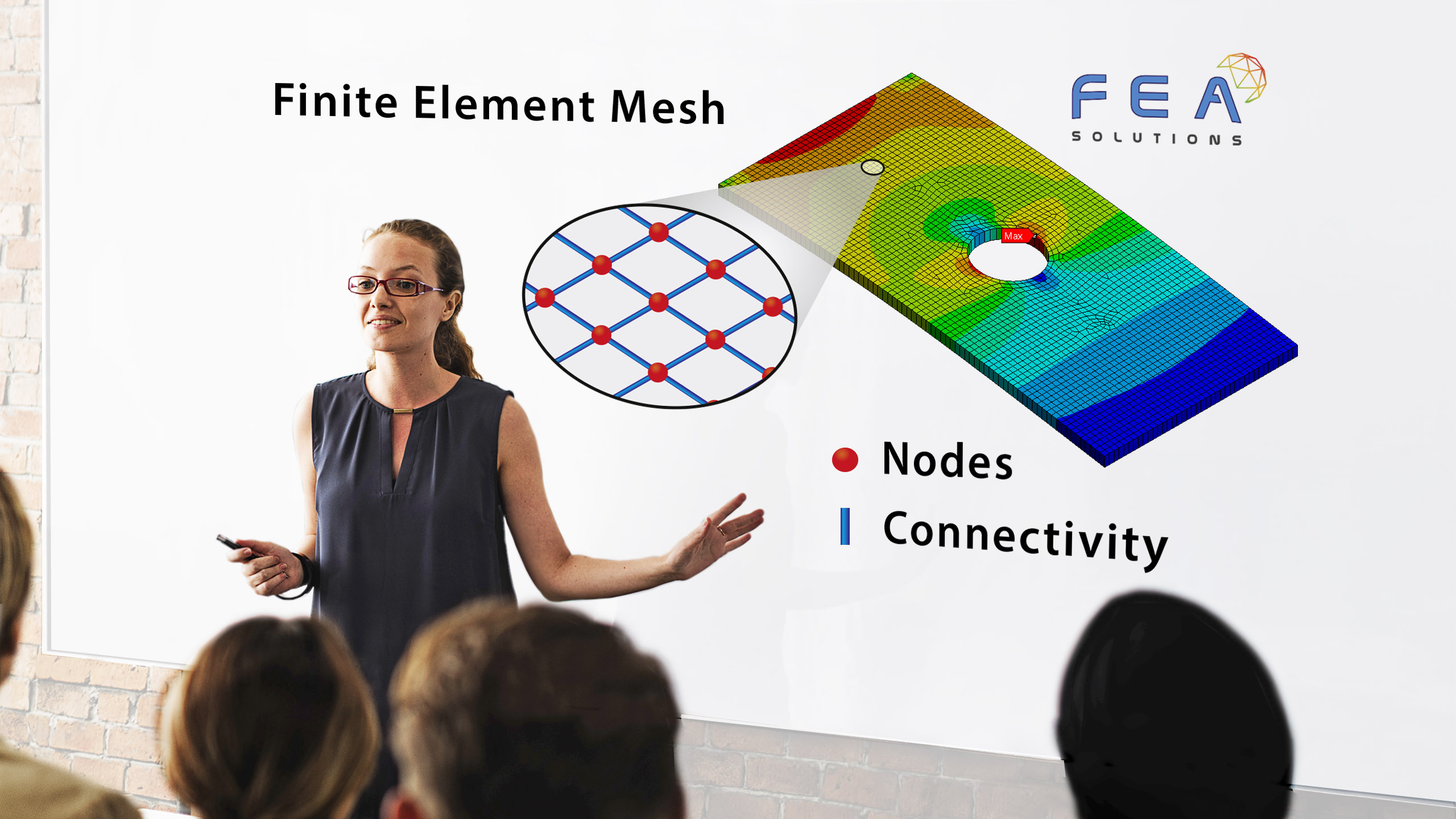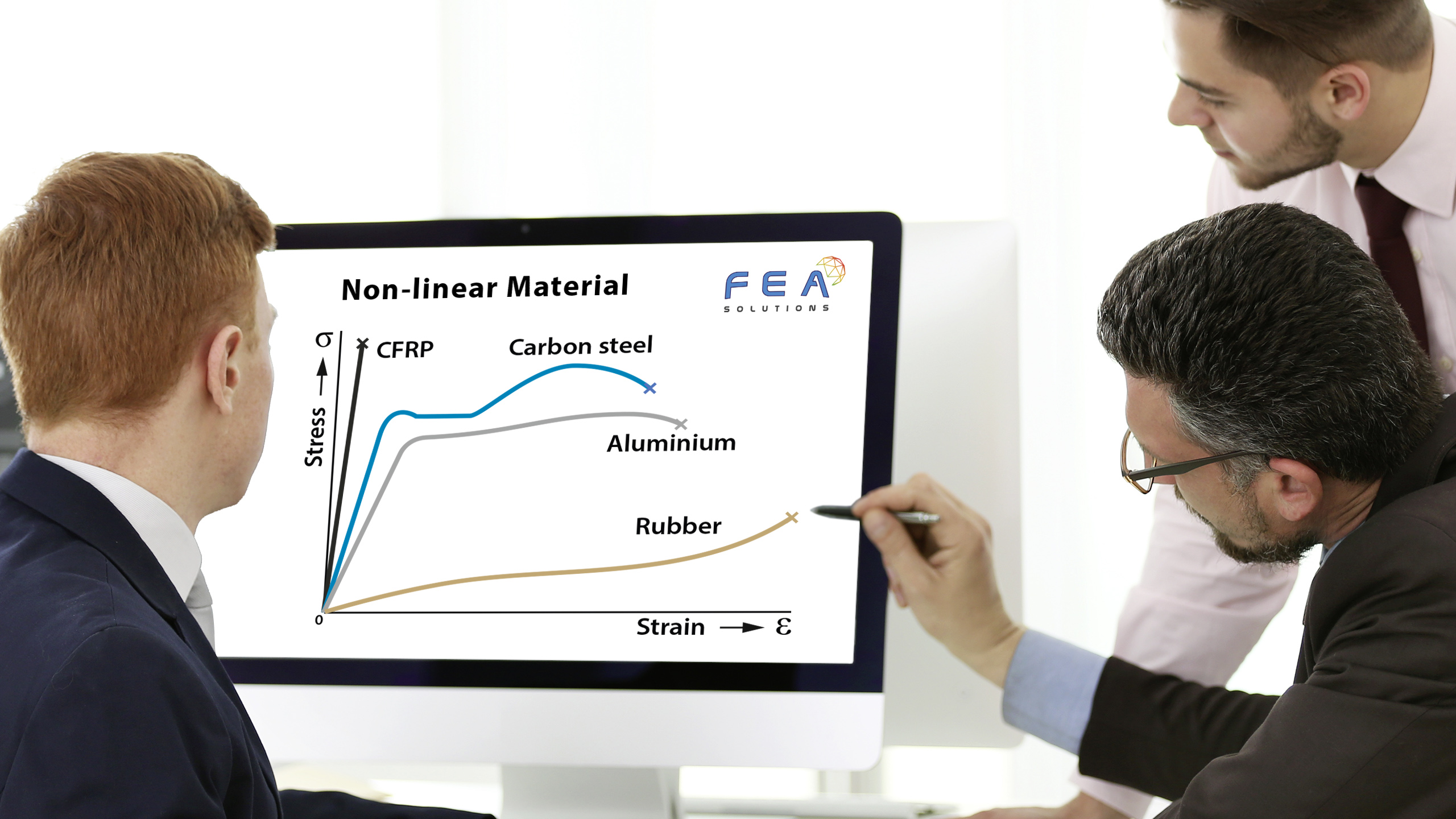13 Dec Symmetry
Simulation models can be simplified using Symmetry. This is only appropriate if the geometry as well as the loads are symmetrical in the same direction. There are three different types of Symmetry. Most common is Mirror Symmetry (https://fea-solutions.co.uk/mirror-symmetry/), but 2D simplifications (https://fea-solutions.co.uk/2d-models/) and cyclic symmetry (https://fea-solutions.co.uk/cyclic-symmetry/)...

